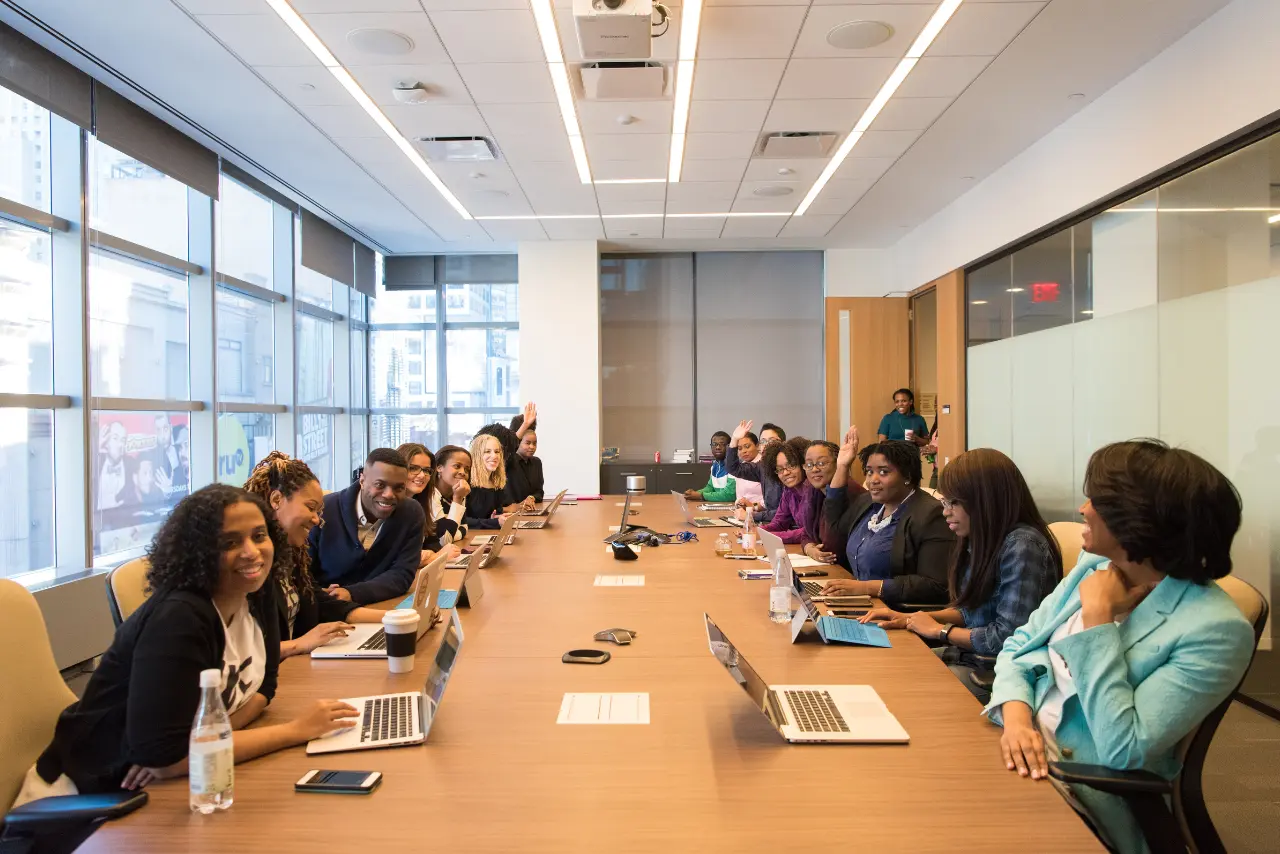Taking accurate records during team meetings is crucial for documenting meetings effectively. The note-taker has the responsibility of developing the meeting minutes, which clearly encapsulate the meeting agenda, summary of discussion, and any meeting-generated solutions. This record serves as a dependable reference point for all attendees.
Key to this is tracking action items and determining next steps, thereby ensuring clarity on assigned tasks. Moreover, a well-written meeting recap aids in sharing notes for transparency and easy follow-ups.
For efficiency, make use of ready templates to guide your note-taking process. This way, you can ensure no essential points are left out.
Understanding the importance of meeting notes
Meeting minutes play a crucial role in maintaining accurate records of team meetings for future reference. They help in documenting meetings, recording the discussion points clearly, and tracing the decisions made. It outlines the meeting agenda and includes a summary of discussion, action items, and next steps, making sure no task is left unaddressed.
The note-taker ensures fair recording of the meeting, noting key points, and tapping on meeting-generated solutions. Sharing notes afterwards allows everyone a chance to revise or clarify points discussed. Consequently, note-taking improves team engagement and effectiveness. Everyone stays informed, aligned, and accountable for their tasks.
The role of meeting notes in effective communication
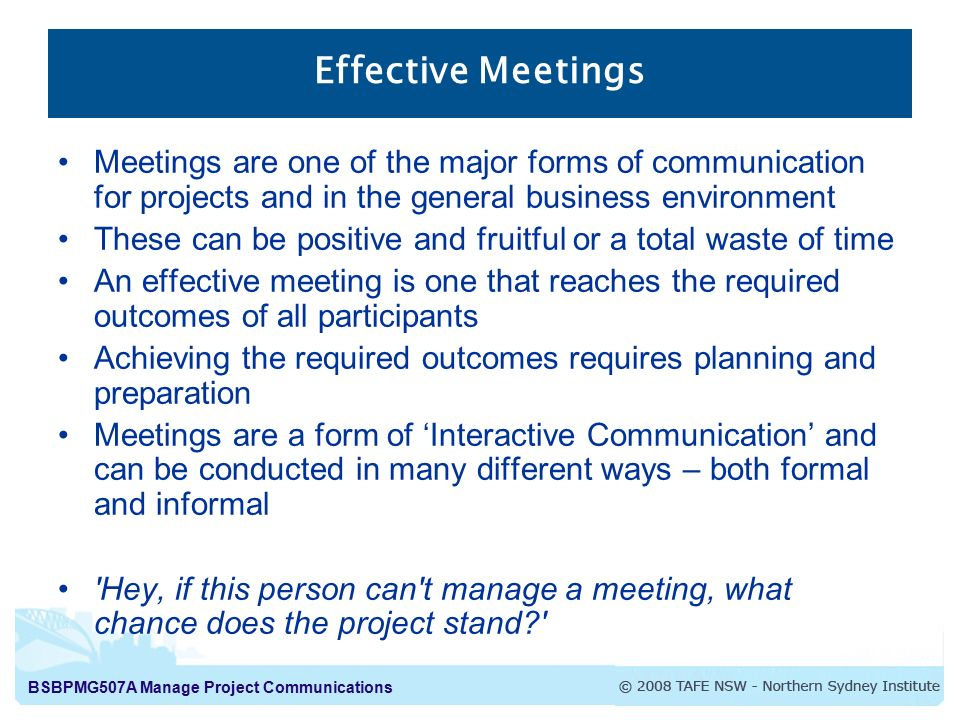
Meeting notes play a pivotal role in effective communication. Acting as accurate records, they provide the summary of discussion, action items, and the next steps. These notes encompass meeting-generated solutions, tasks, and the agenda, ensuring thorough understanding for all team members. Taken by a designated note-taker, such documentation is critical in team meetings.
Moreover, they aid in tracking progress and ensuring accountability, as all the action items and tasks discussed during the meeting are recorded. Sharing notes post-meeting also helps in reviewing, clarifying, and reminding the purpose and outcome of the meeting. Thus, documenting meetings is crucial in facilitating open, transparent, and efficient communication.
The role of best team management tool
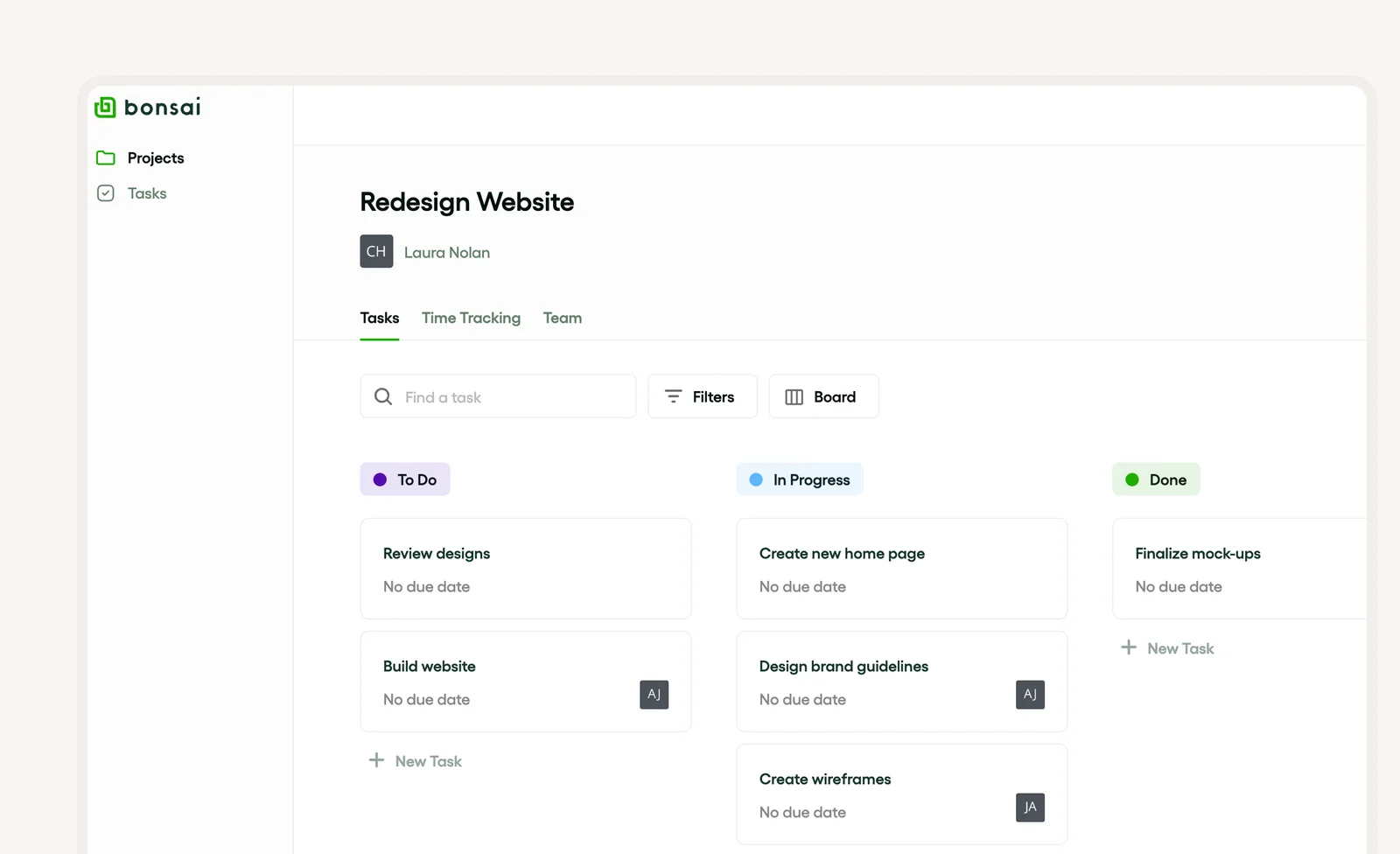
The role of the best team management tool like Bonsai for project is to bring teams together and streamline every aspect of project management. Bonsai stands out for its ability to facilitate smooth collaboration among team members, which is essential for the success of any project.
How meeting notes enhance productivity and accountability
Meeting notes help enhance productivity by keeping an accurate record of the meeting, thus ensuring none of the discussed action items, new tasks or meeting-generated solutions are missed. They serve as a summary of discussion, making it easy for team members to quickly recall the meeting's key points. By documenting meetings, a note-taker facilitates clear communication and offers a better understanding of the next steps.
Sharing notes aids in accountability and fosters an environment of transparency. Having an accessible meeting recap allows team members to track their responsibilities and promotes adherence to the meeting agenda. Thus, meeting notes are crucial in driving both productivity and accountability in team meetings.
Essential elements of effective meeting notes
Effective meeting notes, or meeting minutes, are crucial for accurately documenting meetings, tracking action items, and following up on tasks. It is the note-taker's responsibility to capture the summary of discussion, highlight meeting-generated solutions, and list down any next steps.
The agenda serves as a guide for the note-taker, ensuring all key points and decisions are recorded accurately. After the meeting, sharing notes with the team in a meeting recap promotes transparency and accountability.
Some essential elements include: the meeting agenda, accurate records of discussions and decisions, action items, and next steps. These contribute substantially to the productivity and effectiveness of team meetings.
Key information to include in your meeting notes
When documenting meetings, it's essential to include accurate records of all significant areas discussed. The note-taker should capture the meeting minutes, illustrating a summary of the discussion, action items assigned, and the next steps. Meeting-generated solutions should also be indicated to track the progress of tasks assigned.
Make sure that the meeting agenda is stated at the beginning of the notes to set the context. Sharing notes after team meetings ensures everyone is on the same page regarding decisions made and actions to be taken. A well-written meeting recap helps in maintaining transparency and accountability.
Finally, a list of tasks or action items listed in order of their priority makes it easy for attendees to keep track of their responsibilities. It is crucial for these notes to be concise, comprehensive, and clear for effective communication.
Structuring your meeting notes for easy reference
Organizing your meeting notes for easy reference is crucial. A concise summary of discussion allows everyone to understand the key points covered in the team meetings. For this, including meeting minutes - an accurate record of the meeting's details is essential. Here, note-taking skills come into play, ensuring important meeting-generated solutions are recorded.
To make your notes more effective, always identify the action items and clearly outline the assigned tasks. This ensures everyone understands their responsibilities in the follow-up. Also, including next steps gives your notes a clear direction moving forward.
Finally, sharing notes with participants will foster transparency and facilitate efficiency in documenting meetings. Active use of the meeting agenda also plays a significant role in verifying that all points have been addressed in the meeting recap.
Best practices for taking meeting notes
Effective note-taking during team meetings involves documenting meetings accurately. Detailed meeting minutes act as an official record of the conversation, summary of discussion, and meeting-generated solutions. The note-taker has the crucial task of capturing major points, action items, and next steps determined during the discussion.
Always start with the meeting agenda; it provides the structure to your notes and ensures all agenda items are addressed. After the meeting, swiftly sharing notes is best practice as it enables team members to recall decisions, follow tasks assigned, and provides a meeting recap. Thus, the note-taker plays an essential role in keeping accurate records.
Active listening and note-taking
Active listening and note-taking are crucial skills during team meetings. They assist in documenting meetings accurately, keeping track of tasks or action items, and forming a clear meeting recap. The note-taker plays a significant role in this process, keeping a detailed summary of the discussion, creating accurate records, and sharing notes to all attendees.
Another vital tool is the meeting agenda, forming a blueprint for discussion and meeting-generated solutions. A comprehensive agenda encourages participant engagement and focuses on essential business issues. Post-meeting, the note-taker outlines the next steps, ensuring every participant knows their respective tasks.
Lastly, meeting minutes serve as a legal record of the meeting, providing a measure of accountability for the participants. They also reinforce to participants what was discussed and the designated action items moving forward.
Using abbreviations and symbols for efficiency
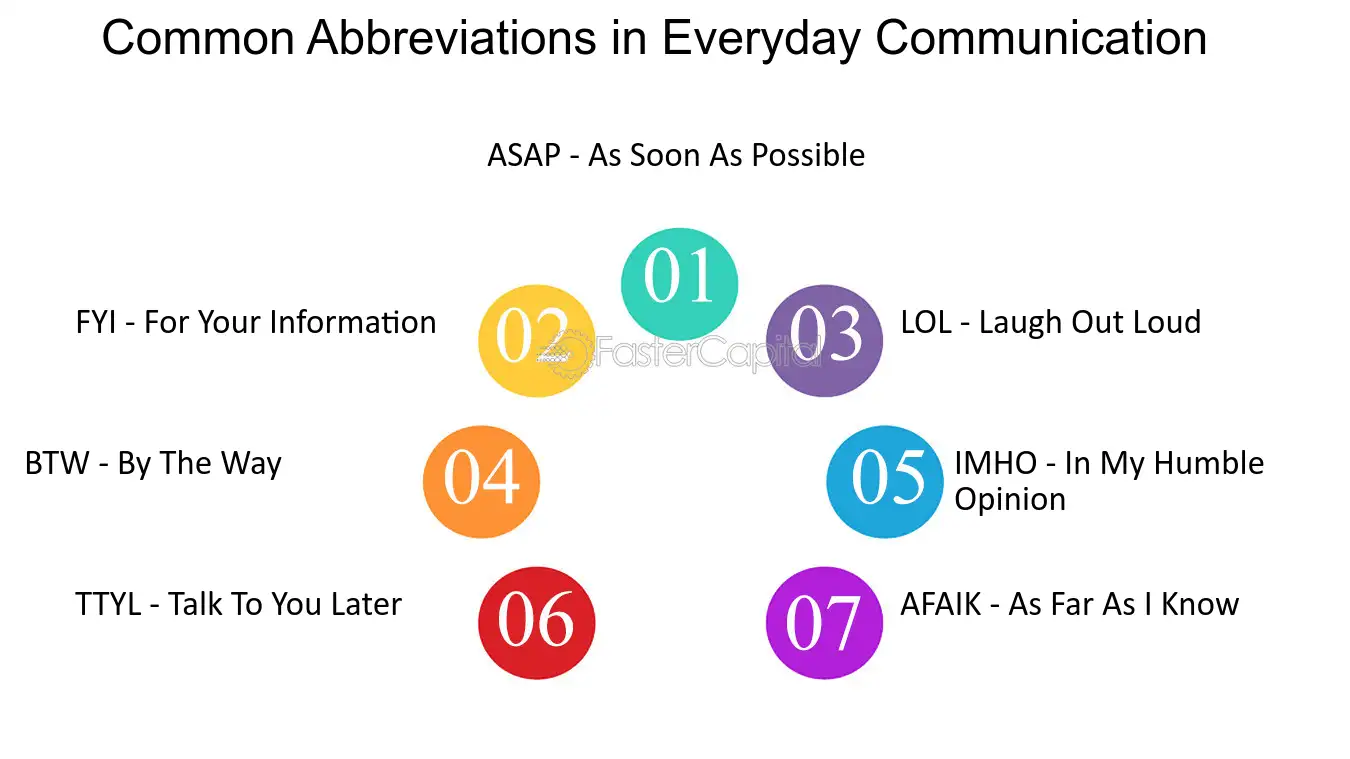
One way to enhance efficiency in documenting meetings and creating meeting minutes is by utilizing abbreviations and symbols. This can expedite the note-taking process for the note-taker and facilitate quicker comprehension for the team reviewing the notes.
In summary of discussion, especially during team meetings, the note-taker may represent action items, tasks, or meeting-generated solutions with specific symbols or shorthand, for example, ‘AI’ could stand for Action Items. The next steps might be denoted by 'NS’. Using such symbols not only provides accurate records but increases the speed and ease of sharing notes.
Develop a shared understanding of these abbreviations within the team to prevent any confusion in meeting recaps or agenda. This practice is beneficial particularly for individuals who have to gloss through minutes for key points of the meeting.
Transcribing notes post-meeting for clarity
During team meetings, a note-taker plays a crucial role in documenting meetings accurately and providing clear meeting minutes. The note-taker typically follows the meeting agenda and makes sure all necessary points like the summary of discussion, tasks assigned, and meeting-generated solutions are captured meticulously. The resulting document should be shared with all participants, either as a meeting recap or as action items.
Next steps or tasks derived from the meeting are also clearly outlined in the meeting minutes. It's beneficial for keeping everyone aligned on their responsibilities and creating accurate records of decisions and commitments made during the meeting. Sharing good meeting notes is a comprehensive way to keep everyone on the same page post-meeting.
Exploring different methods of note-taking
Various methods can be used for note-taking during team meetings. One effective method is documenting meetings using meeting minutes, which act as accurate records of all that transpired during the meeting, including the meeting agenda, summary of discussions, and meeting-generated solutions.
Another method is assigning a specific note-taker role to an attendee, who can ensure all important details are captured, from the tasks given out, to the next steps and action items that need to be carried out.
Following the meeting, sharing notes with all attendees through a meeting recap is a good practice, reinforcing key points and providing clarity.
The Cornell Method
The Cornell Method is a powerful tool for note-taking, especially in team meetings. The note-taker can use this technique to maintain accurate records of the meeting agenda, summary of the discussion, and the meeting-generated solutions.
Some of the critical points to document include action items, tasks, and next steps. These points can be clearly identified and organized in the Cornell Method format, making it easier for sharing notes and creating a comprehensible meeting recap.
With this method, documenting meetings and ensuring all the essential points are covered becomes a more streamlined process, enhancing the overall efficiency of meetings.
The Outline Method
Proper note-taking during team meetings is essential for maintaining accurate records. A note-taker is assigned to document the meeting minutes, which includes a summary of discussion, the meeting agenda, tasks assigned, and action items marked for follow-up. Not only does this help in documenting meetings, but it also assists in generating meeting recap and pertinent solutions.
The note-taker also jots down the next steps planned, creating a detailed report that gets shared among team members. Sharing notes allows everyone to recall the discussion points, understand pending jobs, and work on the meeting-generated solutions. In essence, it is a significant step in preserving the essence of team meetings.
The Mapping Method
The Mapping method is an effective note-taking strategy suitable for team meetings. It allows the note-taker to create accurate records by graphically documenting meetings. This method emphasizes key points such as meeting agenda, meeting-generated solutions, and tasks, highlighting action items and summarizing the discussion in a clear, visual format.
Post-meeting, these notes can be transformed into meeting minutes, a comprehensive meeting recap, ensuring all the next steps are clearly noted. Sharing notes made using the Mapping method can therefore enhance communication and accountability within the team.
Utilizing technology for meeting notes
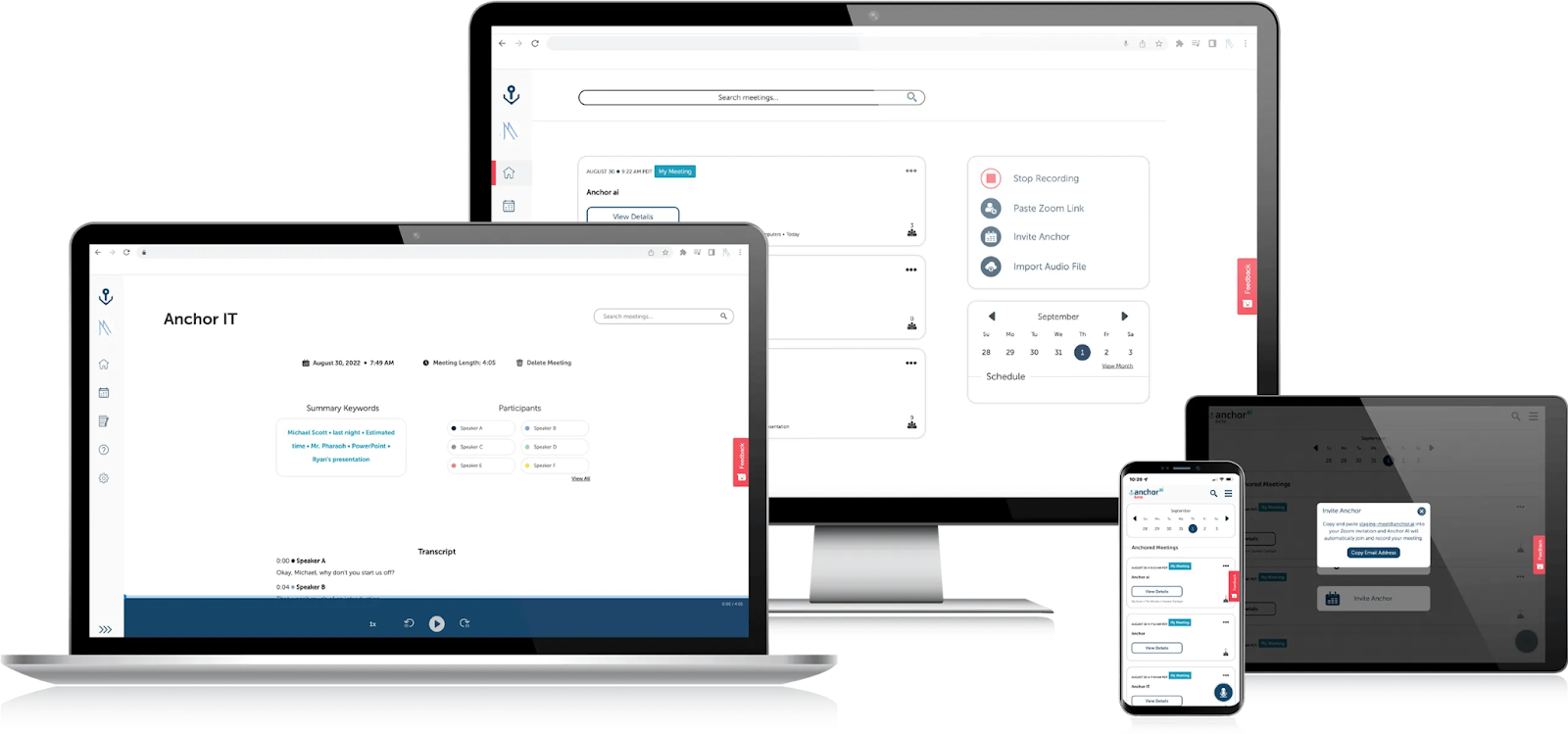
With the rapid advancement of technology, documenting meetings has become much easier and efficient. Tools are available that simplify the process of transcribing meeting minutes, managing the meeting agenda, and assigning action items. These applications also facilitate the sharing of notes among team members, which helps in maintaining transparency and inclusive communication.
Such technologies assist the note-taker in creating accurate records of the entire summary of discussion without missing out on any essential points. Using these applications, teams can handle meeting-generated solutions, carry out the tasks assigned, and plan the next steps effectively.
Furthermore, team meetings are now easy to recap owing to automated systems that compile all the significant details in a neat format, ensuring that all are well-informed of the meeting outcomes.
Evernote for comprehensive note-taking
Evernote is a handy tool for comprehensive note-taking. It is highly beneficial for tasks like documenting meetings, keeping meeting minutes, and providing an accurate record of discussions. As a note-taker, Evernote helps you strike a balance between capturing the broad strokes and dialing down into the specifics.
With Evernote, you can easily create a meeting agenda, note actionable items, and jot down a summary of discussions. You can also map out the next steps and share notes with the team without a hassle. Plus, Evernote makes it easy to recap team meetings, list meeting-generated solutions, and keep track of tasks.
Microsoft OneNote for collaborative note-taking
OneNote is an excellent tool widely used for collaborative note-taking at team meetings. The note-taker can seamlessly capture and store meeting minutes, making it easier to track action items, summarize discussions, and plan the meeting agenda. The functionality of sharing notes makes information dissemination more efficient and convenient.
Further, it supports documenting meetings by enabling accurate records to be maintained. OneNote effectively handles meeting-generated solutions, agenda tasks, and next steps providing a brilliant meeting recap. It ensures transparency and clarity, resulting in a more focused and productive team.
Google keep for quick and accessible notes
Google Keep is an innovative tool perfect for taking quick notes during team meetings and documenting meetings effectively. It facilitates note-takers in recording accurate records, constructing a detailed meeting agenda, and summarizing discussions seamlessly. This digital note-taking platform enhances productivity during meetings.
With Google Keep, you can conveniently jot down action items, outline next steps, create tasks, and record groundbreaking meeting-generated solutions. It also fosters effortless sharing of notes, and drafting meeting minutes and meeting recaps. It's easy accessibility and holistic approach to note organization make it a go-to for many individuals and teams.
Templates to streamline your meeting notes
Developing an easy-to-follow but well-structured meeting agenda is crucial to effectively document meetings. Such structure will guide your note-taking, ensuring the action items, summary of the discussions, and the next steps are well-captured. The meeting agenda could be guided by the discussion points, tasks, or meeting-generated solutions.
Having a trained note-taker is crucial in ensuring accurate records. The note-taker will be sure to capture the most crucial details to ensure all the inputs and decisions made during the meeting are well-documented by all the meeting participants. After the team meetings, sharing notes in an inclusive meeting recap ensures all are in tandem in decisions and future plans.
Taking the liberty to take advantage of the pre-designed templates, therefore, for meeting minutes, can work wonders to the effectiveness of note-taking in meetings. The templates help make the note-taking easy, ensuring little or no crucial data is missed or misrepresented. Not only will this save you time, but this will also help keep consistency in the meeting documentation process.
Standard meeting notes template
The meeting kicked off with a review of the meeting agenda. The note-taker was available to ensure the meeting minutes were diligently documented to provide accurate records of the discussions held. The items discussed during the meeting were tasks for the team, the meeting-generated solutions, and the summary of the discussion.
A list of action items was drawn as part of the team meetings to provide clear next steps. The note-taker was particular about the need to document meetings with a high level of detail to avoid any possibilities of miscommunication. On closing, the note-taker finalized the meeting recap and embarked on sharing notes with all the team members. This is a process that ensures transparency and a shared understanding of decisions made and future tasks.
Project meeting notes template
The team meeting kicked off as per the meeting agenda. The note-taker was given the responsibility of recording meetings in a concise and accurate form; he summarized the discussions and solutions thought out in the meeting. Some of the action items and given assignments were also given red flags and assigned to respective members of the team. After a well-debated discussion, a clear next action move was given for leading the team further. The meeting minutes, including a detailed meeting recap, shall be shared among people who were present in the meeting, and all shall be communicated of their duties and deadlines for the given assignment.
Board meeting notes template
In our recent team meeting, our note-taker did a good job of recording meetings and providing a detailed list of meeting minutes. These included a detailed overview of discussion, solutions thought out in the meeting, and a list of given action items. The meeting agenda was very well maintained and strictly adhered to, giving an organized and efficient meeting session. The necessary tasks were assigned, and the next step was well thought out. As a good means of accurate recording and transparency among members, the motion of sharing notes after the meeting was passed. This shall give way to a round-about meeting recap for better workflow and team collaboration.
Legal considerations for meeting notes

It is necessary to give a thought to the legal implications of documenting meetings. Accurate records in the form of meeting minutes can be converted into a legal document capturing a true reflection of discussions, action items and the meeting agenda. Any error made in these records can be misinterpreted, cause legal disputes, and can lead to a failed follow-up of tasks. The role of the note-taker is very important in maintaining the sanctity of the discussions made during team meetings. He is responsible for providing a summary of discussion, an outline of the next steps, and sharing notes with attendees post meeting. It is important to balance the objectivity of the meeting recap and represent meeting-generated solutions properly. Further, the members should be informed if the discussion is being recorded in an official capacity. Failure to comply may attract violation of privacy rights and initiations of legal proceedings.
Confidentiality and privacy in meeting notes
Confidentiality and privacy are topmost in priority while documenting meetings. It is important to maintain discrete records of meeting minutes, with the assumption that the sensitive information discussed in the team meeting should not be leaked beyond the intended circle. A note-taker has to ensure a balance in the disclosure of the notes and identify what could be shared without violating privacy norms. Meeting-generated solutions, action items, and next steps have to be captured accurately in the summary of the discussion. However, the distribution of the same has to comply with the privacy norms. A meeting agenda or meeting recap has to be circulated among the authorized personnel only in order to ensure secrecy. Thus, record-keeping properly while adhering to the confidentiality of the concerned parties is an important facet of the documentation of every meeting, be it the documentation of the assigned tasks or the documentation of the meeting agenda.
Record keeping and compliance
Proper record-keeping forms an important part of the team meetings. It involves documentation of the meetings, jotting down the key take-aways from the summary of the discussion, and identification of the action items. A designated note-taker is given the responsibility to capture the same, which also involves the meeting-generated solutions and the proposed next steps. Meeting agenda is a vital form of preparation, which helps the team members acquaint themselves with the tasks to be dealt with in the meeting. It helps in focused discussion and acts as a guide for the note-taker. The sharing of notes post-meeting helps in ensuring that everyone is on the same page. It highlights commitments made and actions to be taken; this provides accountability and a way to monitor progress.
Training your team on effective note-taking
Effective note-taking is important in ensuring the meeting discussion is kept on track and accountability for each person is attained for the resultant action items. During your team meetings, always ensure there is a note-taker to come up with an accurate record of the meeting minutes and the meeting-generated solutions. Train your team on note structure following the meeting agenda, discussion summary, task-noting, as well as noting meetings compliantly. You should also emphasize the need to define the next steps and share notes after every meeting for a transparent meeting summary. Mastery of these note-taking techniques will have a positive impact on the execution of your team tasks within agreed timelines and in maintaining high standards for team meetings.
Workshops and seminars for note-taking skills
Our workshops and seminars provide a broad-based training program for effective note-taking skills required for meeting documentation. We offer training in creation of accurate records for meeting minutes, writing a brief meeting agenda, and identifying action items. These skills constitute a necessary backbone for effective team meetings, and as such, they guarantee smooth business operations. Our seminars offer invaluable insight into how to write a clear summary of discussion, plan next steps, and share notes within a team. Additionally, you will acquire skills on how to detail meeting-generated solutions and task components that constitute a comprehensive meeting summary. Our workshops are geared towards sharpening your skills as a note-taker and in boosting your productivity with meetings.
Creating a note-taking culture in your agency
Driving a note-taking culture in your agency can play a key role in improving the efficiency and productivity of team meetings. This routine translates to having a designated note-taker who will take quick records of the meeting, which will include a synopsis of the conversation, action items, and follow-ups. It all begins with the preparation of a well-structured meeting agenda, which is relevant in the facilitation of the meeting while it helps in taking down well-detailed notes of the meetings. After the meeting, the sharing of notes or meeting recap will be mandatory in ensuring that all are in the loop as well as the ability to follow up on the progress of the meeting-generated solutions.

